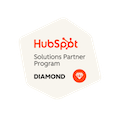
Marketing Automation Guide: Best Practices for HubSpot & Pardot
Written by: Hayley Bonnett
Published: 19 March, 2024
Growth-oriented businesses constantly seek innovative ways to reach and engage their audiences to convert them into customers. Marketing automation tools like HubSpot and Pardot have transformed how companies approach their marketing strategies, offering sophisticated capabilities to tailor and optimize every step of the customer journey. In this comprehensive guide, we delve into how leveraging these powerful platforms can ensure every campaign is more effective, efficient, and impactful.
Marketing Automation Potential with HubSpot and Pardot
HubSpot: A CRM Integrated Marketing Tool Suite
HubSpot stands out in the digital marketing landscape with its user-centric design and an all-encompassing suite of tools that empower marketers to attract, engage, and delight customers. Its robust Customer Relationship Management (CRM) system is fully integrated with their marketing tools, offering a solution to manage and enhance the entire customer lifecycle.
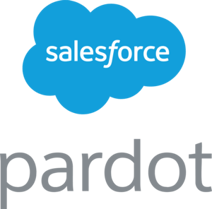
Pardot: B2B-Focused Marketing Automation
Integrated within the Salesforce ecosystem, Pardot is engineered to meet the unique needs of B2B marketers, providing advanced automation capabilities that streamline lead generation, nurturing, and integration with Salesforce CRM. While most of the tools and features are similar to HubSpot, we find Pardot’s Salesforce integration leans towards working with Accounts and Companies vs individual contacts, making it a bit more geared to B2B marketing.
Both Pardot and HubSpot are excellent marketing automation tools and all have capabilities for CRM integration, email marketing, automation and workflows, lead scoring and nurturing, campaign analytics and more. Determining which one is the best fit for your business really comes down to the needs of your business, your familiarity with these tools, and your budget.
Best Practices for Marketing Automation
Audience Insights
At the core of any successful marketing initiative is a profound understanding of your audience. Gaining deep insights into their preferences, behaviors, and needs allows you to craft strategies that resonate on a personal level, significantly amplifying their effectiveness.
- Engage Through Surveys: Direct interaction through surveys offers valuable perspectives that can dramatically shape your marketing strategies.
- Leverage Behavioral Data: Delve into how your audience engages with your content. These insights are crucial for refining your approach and boosting engagement.
Personalization and Segmentation
The era of generic marketing messages is long gone. Today’s consumers expect personalized communication tailored to their specific needs and interests. By segmenting your audience and crafting personalized messages, you establish a more meaningful connection, greatly enhancing the impact of your marketing efforts.
Develop Buyer Personas: Utilize tools like HubSpot and Pardot to create detailed personas, guiding your content creation and campaign targeting for precision and relevance.
Free Resource: Download our Buyer Persona Template
Experiment with Personalization: Harness the power of A/B testing to identify the most effective personalization strategies, ensuring your messages hit the mark every time and reveal insights into what prompts your audience to take the desired action.
- Email Subject Lines: Test different subject lines to see which leads to higher open rates. Variations can include the use of personalization tokens (e.g., incorporating the recipient's name) versus a more general approach.
- CTA Phrasing and Placement: Experiment with different calls to action, varying the wording, design, and placement within your emails or landing pages.
Email Marketing
Email remains a cornerstone channel for high-performing marketing strategies. Automation and personalization of email communications ensure your messages are always relevant, timely, and engaging, fostering stronger relationships with your audience.
Welcome Email Series Best Practices:
- Number of Emails: It's recommended to send a series of 3-5 emails as part of your welcome series.
- Cadence: Space your emails out over a period of a week to two weeks. The first email should be sent immediately after the user subscribes.
- Content: The first email should confirm their subscription and thank them for joining. The following emails can introduce your brand or product, provide useful tips or resources, and encourage engagement (e.g., follow on social media, or share with a friend).
- Personalization: Personalize your emails whenever possible. This can be as simple as using the subscriber's name, or more complex like tailoring the content based on their interests or behaviors.
- CTA: Each email should have a clear call to action (CTA), guiding the subscriber on what to do next. This could be reading a blog post, browsing products, or completing their profile.
Behavioral Email Triggers Best Practices:
- Identify Key User Actions: Determine which user actions are meaningful within the context of your product or service. These could include actions like signing up, completing a purchase, or abandoning a shopping cart.
- Define Email Triggers: Pair the identified actions with a suitable email response. For example, a welcome email after sign-up, a thank you email post-purchase or a reminder email for an abandoned cart.
- Timing is Crucial: The timing of your triggered email is crucial for its effectiveness. Generally, it's best to respond immediately after the user's action. For instance, an abandoned cart email could be sent within a few hours of the action.
- Test and Optimize: Always measure the effectiveness of your triggered emails. Monitor open rates, click-through rates, and conversions. Continuously test different elements like subject lines, content, and call-to-actions to optimize your emails.
- Respect User's Inbox: Do not overwhelm users with too many emails. It's crucial to maintain a balance to avoid being perceived as spam. Always provide an option for users to opt-out.
Continuous Optimization
Regular review and optimization of your campaign is critical to improve ROI. Without this continuous adjustment, you risk mismanaging advertising funds and providing a poor user experience with your brand. Unsupervised campaigns may lead to unexpected outcomes, which can often easily be avoided.
Embracing a philosophy of continuous learning and adaptation is essential for staying ahead of the curve. Regularly testing, measuring, and refining your strategies ensures your campaigns remain effective and aligned with your audience’s changing needs.
- Embrace A/B Testing: Make A/B testing an integral part of your marketing strategy. This involves experimenting with different campaign elements such as headlines, layouts, images, or call-to-actions to uncover what truly resonates with your audience and maximizes engagement. This approach can lead to significant improvements in click-through rates, conversion rates, and overall campaign performance. Testing can range from simple color changes to complete redesigns, and improvements can vary widely depending on the specific context and audience.
- Data-Driven Adjustments: Leverage analytics to guide your decisions by looking for key data points such as customer engagement metrics, conversion rates, click-through rates, and bounce rates. This will allow you to optimize your campaigns for enhanced results based on solid, empirical evidence.
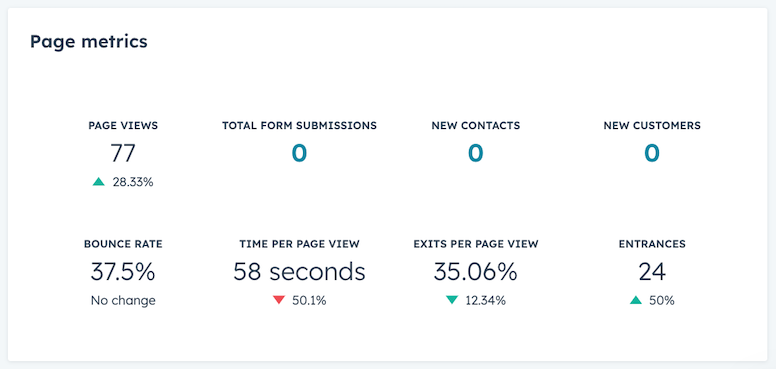
Content Strategies to Drive Engagement
Engaging content is crucial for attracting potential customers and encouraging them to engage with your brand. By incorporating interactive and visual elements, you not only capture attention, but also promote active engagement. This approach helps differentiate your brand in a competitive digital environment, fostering stronger connections with your audience, and potentially leading to increased conversions and customer loyalty.
- Interactive Elements: To transform passive consumption into active engagement, consider integrating interactive elements like quizzes, polls, and surveys. When designing these elements, keep them simple and user-friendly, with a clear purpose in mind. Adding an incentive can encourage participation, while promotion on various channels can increase visibility and engagement.
- Visual Storytelling: To make your visual storytelling more effective, consider repurposing your content across various channels. For instance, you can re-edit videos, podcasts, infographics, and blog posts to fit different formats required by each platform. This strategy not only saves time but also ensures you deliver relevant and engaging content consistently across all channels. Remember, proper editing is crucial to maintain the context and effectiveness of the message across different formats. This way, you can leverage your compelling narratives in a versatile manner, enhancing message retention and engagement on multiple fronts.
Becoming proficient in marketing automation using software is essential to streamlining processes, automating tasks, and obtaining valuable campaign insights. If you are interested in implementing HubSpot, feel free to contact us at CRO:NYX Digital for expert guidance.

Written by: Hayley Bonnett
Hayley Bonnett is one of our Canadians working from Calgary, Alberta, a great location for her due to her love of the mountains. She recently graduated with a BBA majoring in marketing and is excited to continue learning and further her education even more.
Solutions
Results
Resources
About
Contact
© CRONYX Digital SEZC






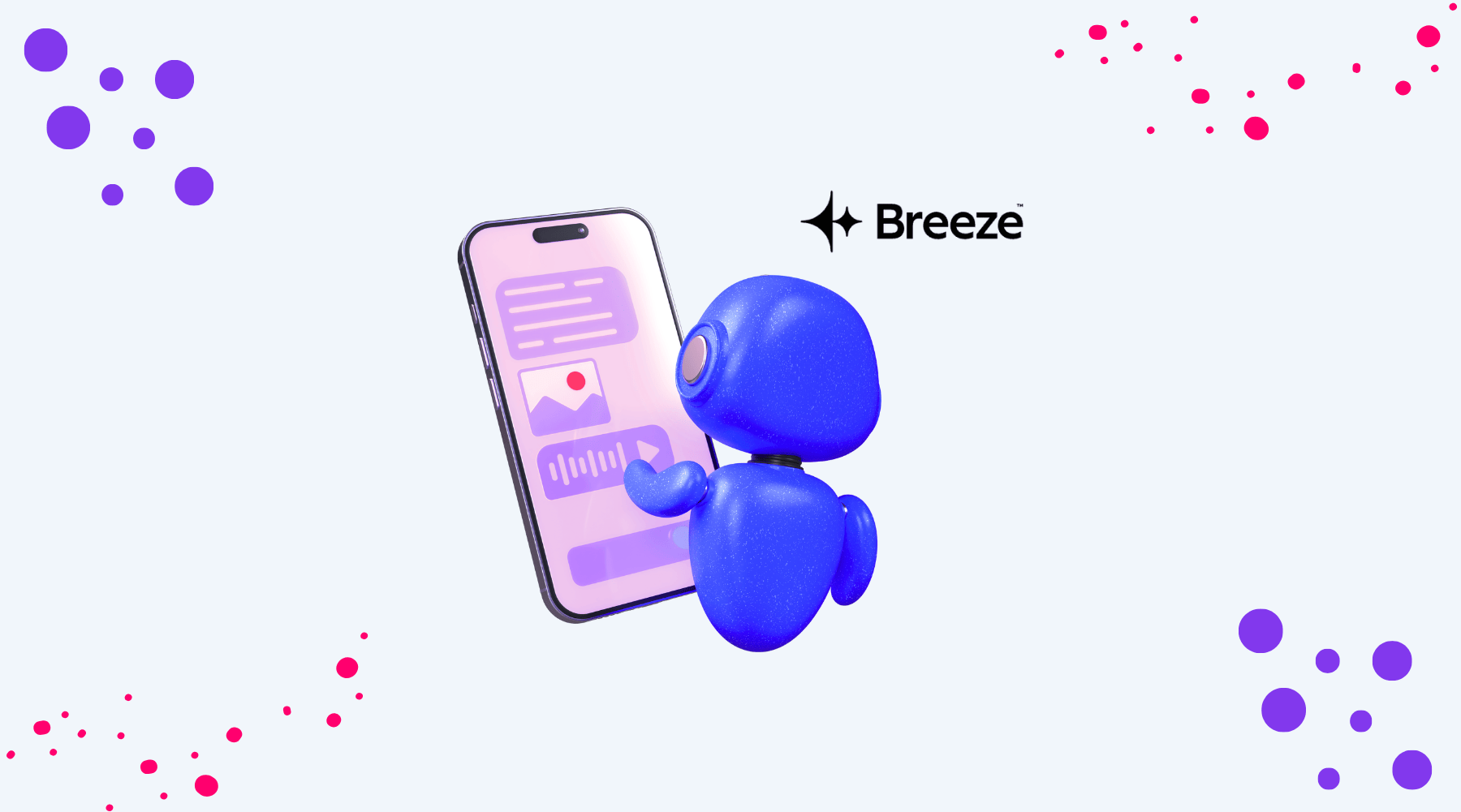
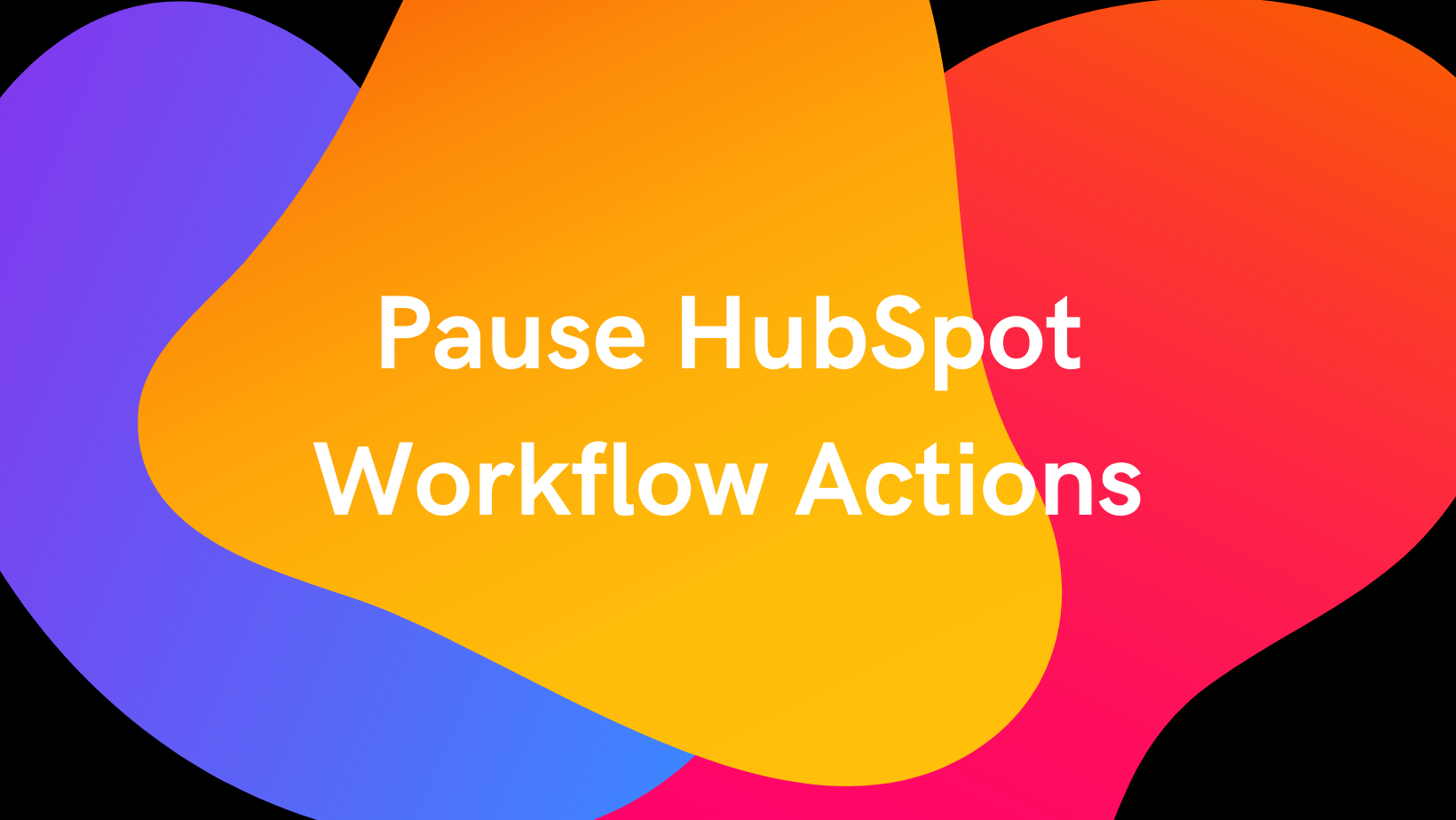
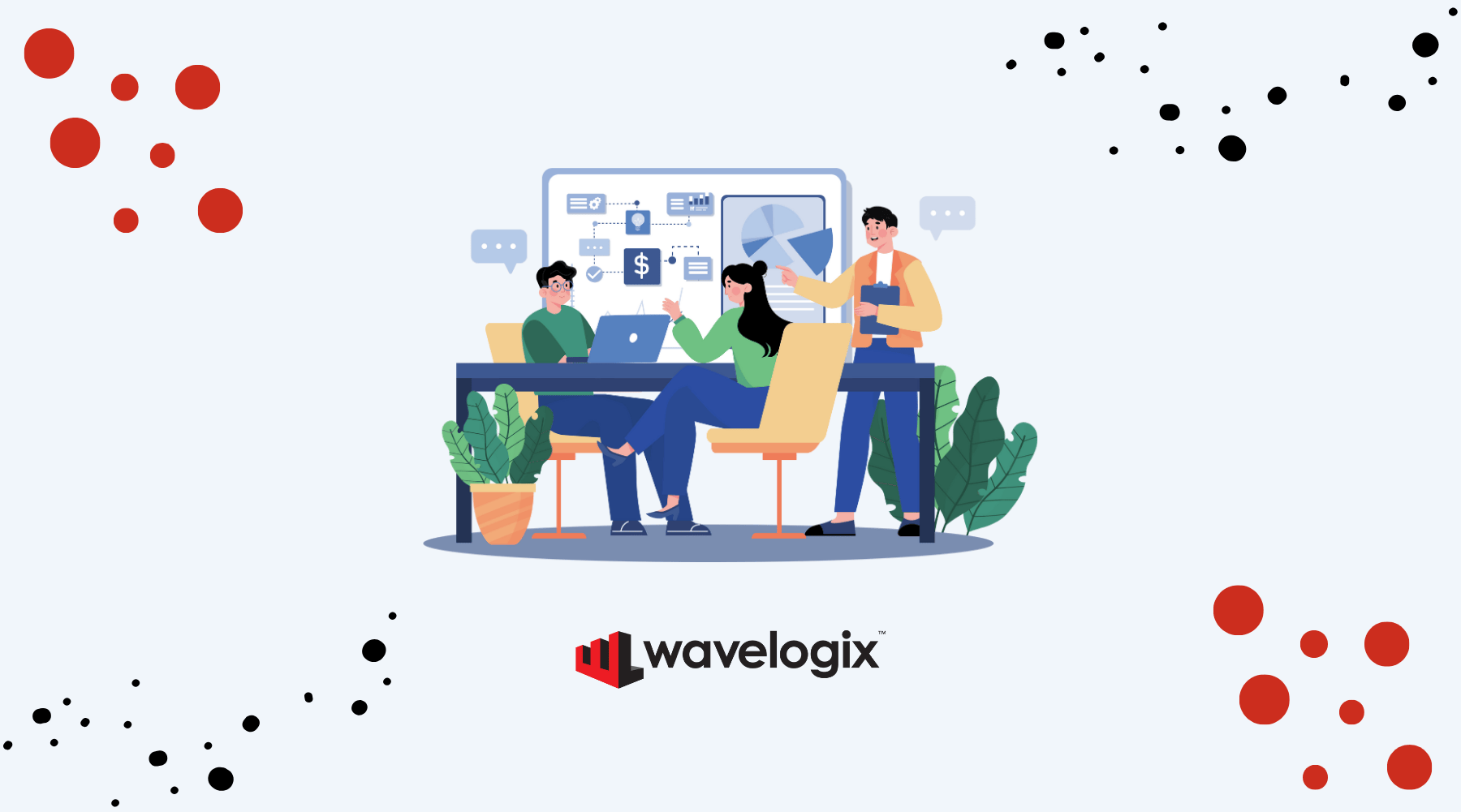

.png)
.png)
.png)
